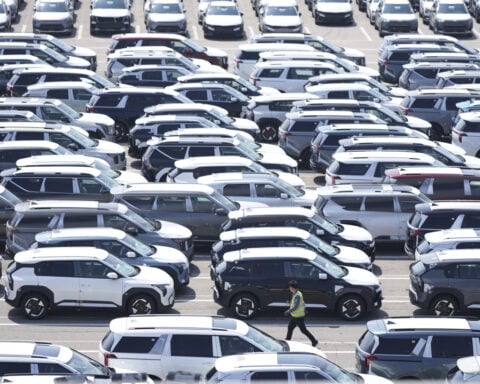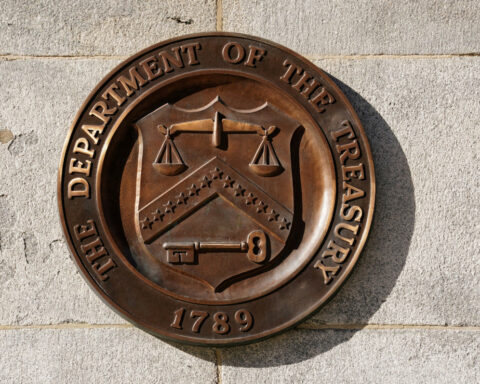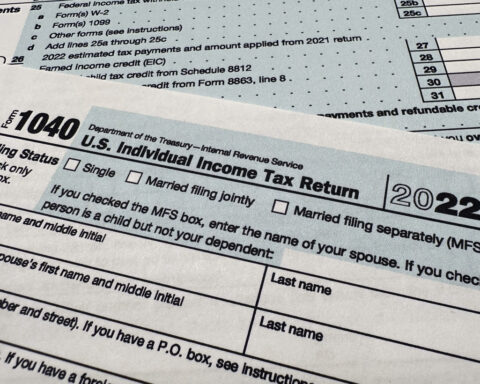Why Colombia and Ecuador?
The shift from U.S.-grown roses to South American ones happened a few decades ago, when the U.S. and Colombian governments were looking for new ways to stem the flow of cocaine into the U.S.
One part of the strategy was to convince farmers in Colombia to stop growing coca leaves – a traditional Andean plant that provides the raw ingredient for making cocaine – by giving them preferential access to U.S. markets if they grew something else.
So, in the early 1990s, Colombia and Ecuador signed the Andean Trade Promotion and Drug Eradication Act. Signing gave these coca-producing countries duty-free access to U.S. markets in exchange for clamping down on growing illegal drugs.
Whether the act stopped drug production is unclear, but many businesses in Colombia and Ecuador started growing and shipping flowers north.
Prices for roses
The vast quantity of roses coming up from Colombia and Ecuador has kept rose prices in check. The USDA has tracked the price of a dozen red hybrid tea roses – the ones you commonly see being offered to romantic partners on Valentine’s Day – sold in major supermarkets weekly since 2011. Back in 2011, a dozen roses would set a buyer back a bit over $10. In 2023, the same arrangement cost around two dollars more, a price increase of 20%. Inflation went up 35% over the same time, making roses comparatively cheaper.
While rose prices are low during much of the year, they have large seasonal swings. In a typical year, supermarket prices for a dozen roses double around Valentine’s Day. Last year, prices ranged from a low in August of about $8 to almost $23 before Valentine’s Day. While the USDA doesn’t track flower shop prices, visiting my local florist shows the cost of premium long-stem roses in vases is higher.
Why the price increase?
Prices rise around Valentine’s Day as all parts of the supply chain, from growers to wholesalers to retailers, are stressed during the buying surge.
The U.S. government tracks monthly the import price of single roses. In 2023, before Valentine’s Day, the average cut rose stem cost 40 cents coming off the cargo plane. This is higher than the annual low in August of 25 cents a stem. This means in August, roses cost wholesalers $3 a dozen, while a dozen Valentine’s Day roses cost $5 after clearing customs.
The USDA not only tracks prices in supermarkets but also wholesale flower prices in my city, Boston. Retail customers can’t buy flowers at these prices, since the flower market caters only to people in the trade. Just before Valentine’s Day 2024, Boston wholesalers were charging between $1 and $1.65 per stem of hybrid tea roses. Back in August 2023, they were selling roses for between 90 cents and $1.50 per stem. These wholesale prices suggest supermarkets don’t make much if any money selling roses most of the year, earning profits only during the peak holiday times.
While none of the sources directly answered my question on how much money Americans spent on roses each year, it’s easy to calculate a rough value. In 2023, there were around 2.8 billion cut roses sold. Given the average price in supermarkets over the whole year for a dozen roses was a bit over $12, this means people in the U.S. are spending more than $3 billion annually.
And if you’re buying roses for your sweetheart, like I did for mine, then you’re contributing to the roughly half a billion dollars worth of roses bought to say “I love you” at Valentine’s Day.
Jay L. Zagorsky does not work for, consult, own shares in or receive funding from any company or organization that would benefit from this article, and has disclosed no relevant affiliations beyond their academic appointment.
Source: The Conversation

 Trump has begun another trade war. Here's a timeline of how we got here
Trump has begun another trade war. Here's a timeline of how we got here
 Canada's leader laments lost friendship with US in town that sheltered stranded Americans after 9/11
Canada's leader laments lost friendship with US in town that sheltered stranded Americans after 9/11
 Chinese EV giant BYD's fourth-quarter profit leaps 73%
Chinese EV giant BYD's fourth-quarter profit leaps 73%
 You're an American in another land? Prepare to talk about the why and how of Trump 2.0
You're an American in another land? Prepare to talk about the why and how of Trump 2.0
 Chalk talk: Star power, top teams and No. 5 seeds headline the women's March Madness Sweet 16
Chalk talk: Star power, top teams and No. 5 seeds headline the women's March Madness Sweet 16
 Purdue returns to Sweet 16 with 76-62 win over McNeese in March Madness
Purdue returns to Sweet 16 with 76-62 win over McNeese in March Madness








